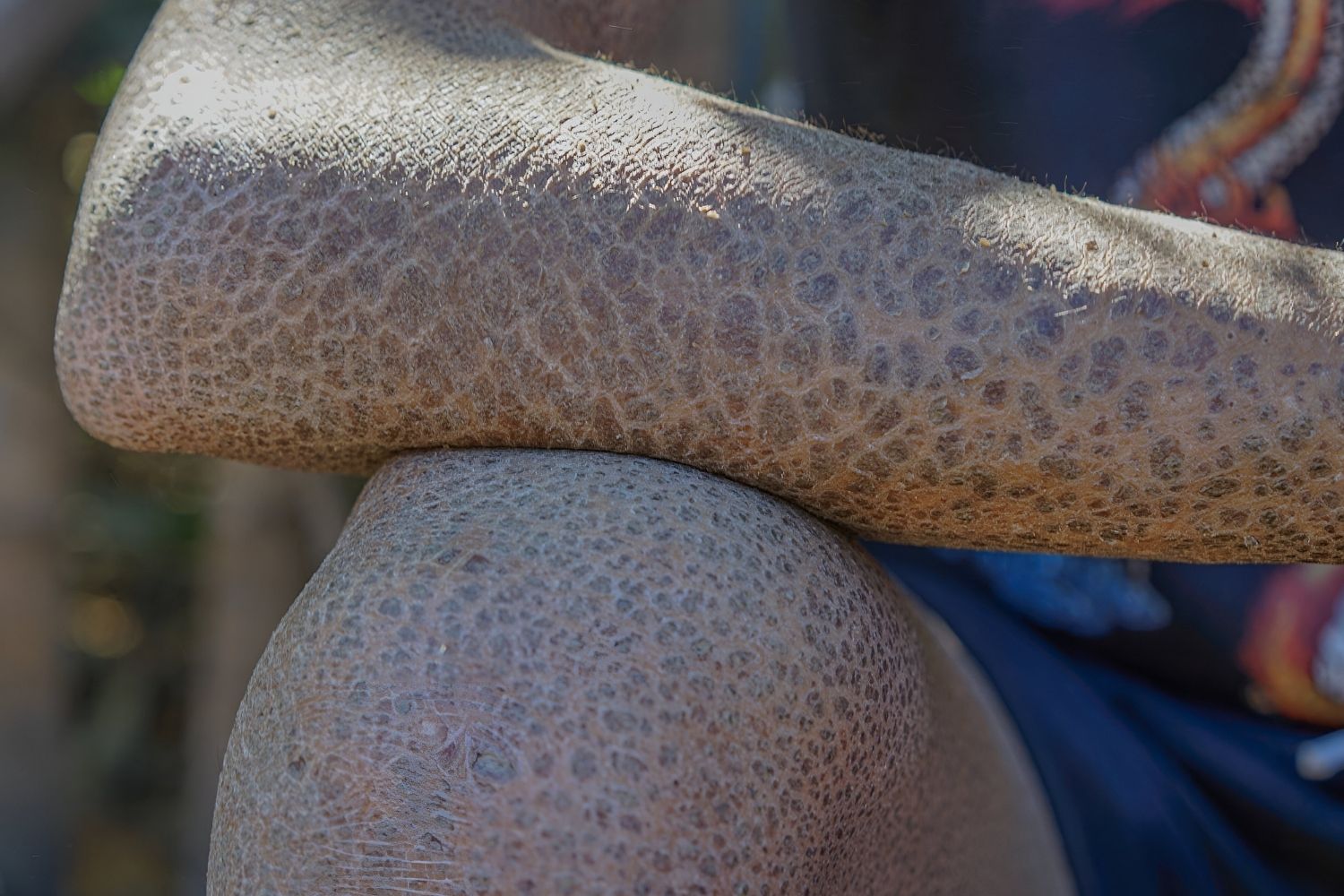
Ruzicka–Goerz–Anton Syndrome is a rare genetic disorder that affects multiple parts of the body. Characterized by a combination of physical and developmental abnormalities, this syndrome can present unique challenges for those diagnosed. Symptoms often include distinctive facial features, growth delays, and intellectual disabilities. Understanding this condition is crucial for providing proper care and support. In this blog post, we will explore 25 intriguing facts about Ruzicka–Goerz–Anton Syndrome, shedding light on its causes, symptoms, and management strategies. Whether you are a caregiver, medical professional, or simply curious, these facts will offer valuable insights into this complex condition.
Key Takeaways:
- Ruzicka–Goerz–Anton Syndrome is a rare genetic disorder with symptoms like developmental delays, facial abnormalities, and seizures. Early intervention and therapies can help manage the condition effectively.
- Families dealing with Ruzicka–Goerz–Anton Syndrome can find support from community groups, educational resources, financial assistance programs, and advocacy organizations. These resources offer emotional, financial, and educational support.
What is Ruzicka–Goerz–Anton Syndrome?
Ruzicka–Goerz–Anton Syndrome is a rare genetic disorder. It affects multiple systems in the body, leading to a variety of symptoms. Understanding this syndrome can help those affected and their families manage the condition better. Here are some key facts about this rare disorder.
Genetic Basis
The syndrome has a genetic origin, which means it is inherited from parents. Let's delve into the genetic aspects of this condition.
- Ruzicka–Goerz–Anton Syndrome is caused by mutations in specific genes.
- It follows an autosomal recessive inheritance pattern. This means both parents must carry the mutated gene for a child to be affected.
- Genetic testing can confirm the diagnosis. Identifying the specific gene mutation helps in diagnosing the syndrome accurately.
Symptoms and Characteristics
The symptoms of Ruzicka–Goerz–Anton Syndrome can vary widely. Here are some common characteristics observed in affected individuals.
- Developmental delays are common. Children with this syndrome often experience delays in reaching developmental milestones.
- Intellectual disability is a frequent feature. Many individuals have varying degrees of intellectual disability.
- Facial abnormalities are often present. These can include distinct facial features like a broad forehead or a flat nasal bridge.
- Growth retardation is another symptom. Affected children may have shorter stature compared to their peers.
- Seizures can occur. Some individuals experience epileptic seizures as part of the syndrome.
- Hearing loss is possible. Sensorineural hearing loss may be present in some cases.
- Vision problems are also noted. These can include issues like strabismus or refractive errors.
Diagnosis and Testing
Diagnosing Ruzicka–Goerz–Anton Syndrome involves several steps. Here’s how healthcare professionals approach it.
- Clinical evaluation is the first step. Doctors assess physical and developmental symptoms.
- Family history is crucial. Understanding the genetic background helps in identifying the syndrome.
- Genetic testing confirms the diagnosis. Specific tests can identify the gene mutations responsible.
- Imaging studies may be used. MRI or CT scans can help in assessing brain abnormalities.
Treatment and Management
While there is no cure for Ruzicka–Goerz–Anton Syndrome, various treatments can help manage the symptoms. Here’s what can be done.
- Early intervention is key. Starting therapies early can improve outcomes.
- Speech therapy can help. Many individuals benefit from speech and language therapy.
- Physical therapy is beneficial. It helps in improving motor skills and coordination.
- Occupational therapy aids daily living. It assists in developing skills needed for daily activities.
- Medications can control seizures. Anti-epileptic drugs are often prescribed.
- Regular monitoring is essential. Ongoing medical check-ups help in managing the condition effectively.
Support and Resources
Support from various resources can make a significant difference for families dealing with Ruzicka–Goerz–Anton Syndrome. Here are some ways to find help.
- Support groups offer community. Connecting with other families can provide emotional support.
- Educational resources are available. Many organizations provide information and resources for learning about the syndrome.
- Financial assistance programs exist. Some programs help cover the costs of medical care and therapies.
- Special education services can help. Tailored educational plans support children’s learning needs.
- Advocacy organizations work for awareness. These groups strive to increase awareness and support research efforts.
Final Thoughts on Ruzicka–Goerz–Anton Syndrome
Ruzicka–Goerz–Anton Syndrome, though rare, offers a fascinating glimpse into the complexities of human genetics. Understanding this condition helps medical professionals provide better care and support for those affected. Awareness can lead to early diagnosis, which is crucial for managing symptoms effectively.
If you or someone you know shows signs of this syndrome, consulting a healthcare provider is essential. Genetic counseling might also be beneficial for families. Knowledge is power, and staying informed about rare conditions like Ruzicka–Goerz–Anton Syndrome can make a significant difference in the lives of those impacted.
Keep exploring medical facts and stay curious. You never know when a piece of information might come in handy. Thanks for joining us on this journey into the world of rare genetic disorders. Stay informed, stay healthy!
Frequently Asked Questions
Was this page helpful?
Our commitment to delivering trustworthy and engaging content is at the heart of what we do. Each fact on our site is contributed by real users like you, bringing a wealth of diverse insights and information. To ensure the highest standards of accuracy and reliability, our dedicated editors meticulously review each submission. This process guarantees that the facts we share are not only fascinating but also credible. Trust in our commitment to quality and authenticity as you explore and learn with us.
